Home>Articles>Which Is Better Between Red And Green Laser Level?
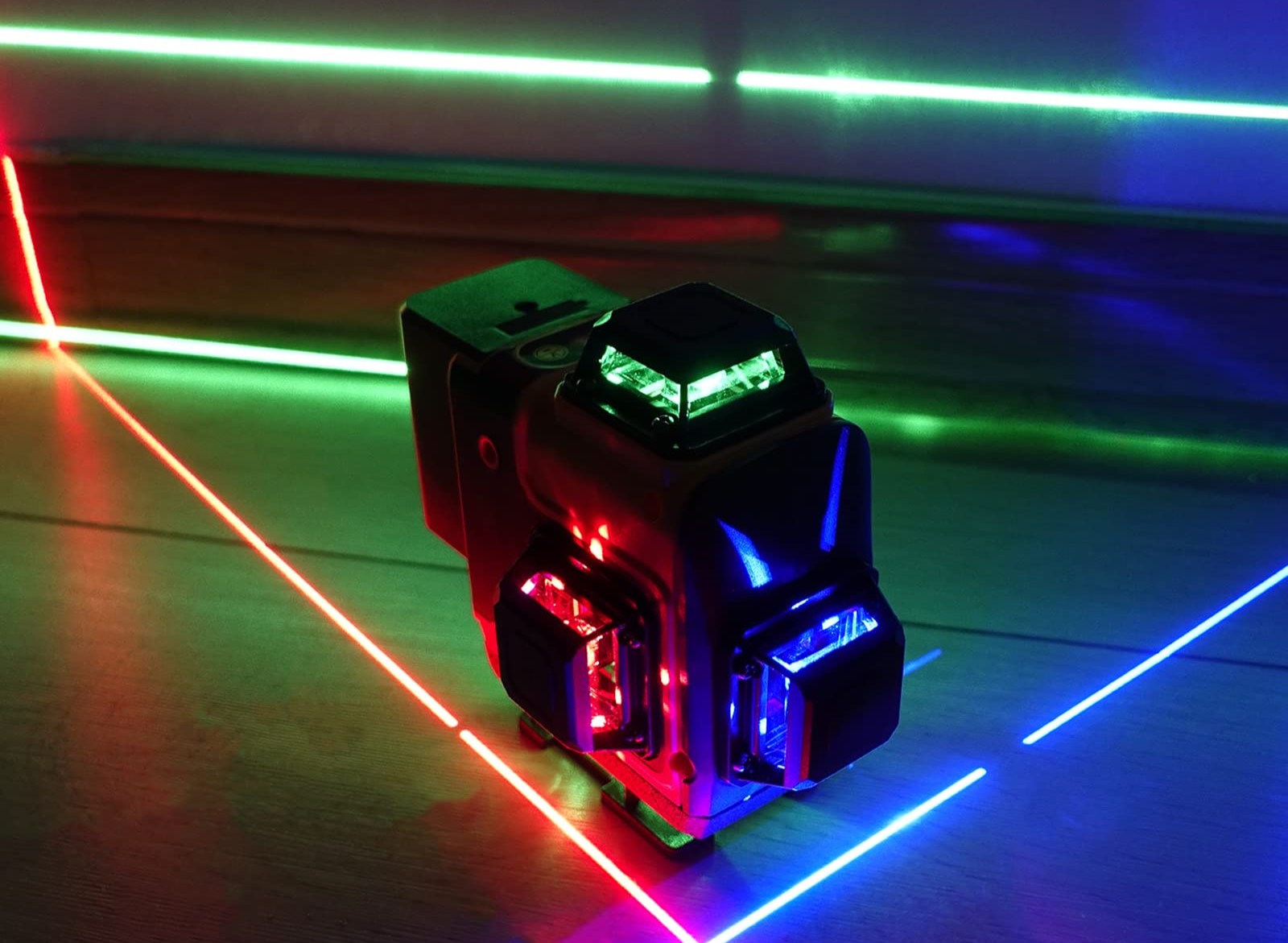

Articles
Which Is Better Between Red And Green Laser Level?
Modified: October 28, 2024
Discover which color laser level is better - red or green - in this informative article. Compare their performance and benefits to make an informed decision.
(Many of the links in this article redirect to a specific reviewed product. Your purchase of these products through affiliate links helps to generate commission for Storables.com, at no extra cost. Learn more)
Introduction
In the realm of construction, surveying, and various other industries, laser levels have become an indispensable tool. They provide accurate and precise measurements for projects of all sizes, ensuring that structures are level and plumb. However, when it comes to choosing a laser level, one of the crucial decisions is whether to opt for a red or green laser. Both options have their unique advantages and drawbacks, making it essential to understand their differences to select the one that best suits your needs.
In this article, we will provide an overview of red and green laser levels, explore their advantages and applications, and discuss the factors to consider when choosing between them. By the end, you will have a comprehensive understanding to make an informed decision and determine which laser level is better for your specific requirements.
Key Takeaways:
- Red laser levels are cost-effective, ideal for indoor use, and compatible with existing accessories. They are a practical choice for budget-conscious professionals and legacy equipment users.
- Green laser levels offer superior visibility, precision, and modern features, making them suitable for outdoor projects and tasks requiring high accuracy. They are recommended for professionals valuing enhanced performance.
Read more: How To See Red Laser Level In Daylight
Overview of Red and Green Laser Levels
Before diving into the advantages and applications of red and green laser levels, let’s first understand the fundamental differences between them.
Red laser levels have been the traditional choice for many years. They emit a red-colored laser beam that is highly visible to the human eye, especially in darker environments. The red laser beam typically has a wavelength of around 635-670 nanometers.
On the other hand, green laser levels have gained popularity in recent years due to their improved visibility. These laser levels emit a green-colored laser beam with a wavelength of around 520-570 nanometers. The human eye is more sensitive to green light, making it appear brighter and more visible than the red light emitted by red laser levels.
Both red and green laser levels are available in different types, including point lasers, line lasers, and rotary lasers. Point lasers emit a single dot, while line lasers project a straight line, and rotary lasers create a 360-degree laser plane.
It’s important to note that while green laser levels offer better visibility in certain conditions, red laser levels are still widely used and can be a cost-effective option for many applications.
Now that we have covered the basics, let’s explore the advantages of both red and green laser levels in the following sections.
Advantages of Red Laser Level
Despite the growing popularity of green laser levels, red laser levels still offer several advantages that make them a viable option for many professionals. Here are some of the key advantages of red laser levels:
- Cost-Effective: Red laser levels are typically more affordable compared to their green counterparts. This makes them a practical choice for those on a budget or for projects that don’t require high visibility.
- Battery Life: Red laser levels generally consume less power than green laser levels, resulting in longer battery life. This can be advantageous, especially for projects that demand extended operation time.
- Indoor Applications: Red laser beams are highly visible indoors, even in well-lit environments. This makes red laser levels suitable for tasks like installing drop ceilings, aligning cabinets, and hanging pictures.
- Compatibility: Many laser detectors, which are used to extend the range of a laser level, are designed to work specifically with red laser beams. If you already own a red laser detector, it may be more convenient to stick with a red laser level.
- Legacy Equipment: If you are working with older equipment or relying on existing measurements taken with a red laser level, it would be practical to continue using a red laser level to maintain consistency.
While red laser levels may have certain limitations in terms of visibility in brightly lit outdoor environments, they still provide reliable and accurate results for a wide range of indoor applications. The decision to choose a red laser level over a green one ultimately depends on your specific needs, budget, and project requirements.
Advantages of Green Laser Level
Green laser levels have gained significant popularity in recent years, thanks to their enhanced visibility and performance in certain conditions. Here are some key advantages of green laser levels:
- Enhanced Visibility: One of the main advantages of green laser levels is their superior visibility. The human eye is more sensitive to green light, making the green laser beam appear brighter and more easily visible than the red laser beam emitted by red laser levels.
- Outdoor Applications: Green laser levels are particularly useful for outdoor projects where ambient light can be intense. The green laser beam has better visibility over longer distances and is more visible in bright sunlight, making it ideal for tasks such as grading, landscaping, and outdoor construction.
- Precision: Green laser levels tend to offer better accuracy and precision compared to red laser levels. This can be crucial for projects that require high levels of precision, such as installing tiles, aligning walls, or setting up large-scale construction frameworks.
- Modern Technology: Green laser levels are a product of advanced technology, resulting in improved features and functionality. They usually have a wider range of operating temperatures and are equipped with additional features like self-leveling, remote control, and Bluetooth connectivity.
- Longer Range: Green laser levels can often achieve a longer working range compared to red laser levels. This can be advantageous for projects that require measurements over extended distances.
While green laser levels offer superior visibility and performance in many situations, it’s important to consider the specific requirements of your project and your budget. Green laser levels are generally more expensive than red laser levels, so it’s essential to weigh the benefits against the cost.
Overall, green laser levels are an excellent choice for outdoor applications, tasks that demand high precision, and professionals who value enhanced visibility. However, if you primarily work indoors or have budget constraints, a red laser level may still be a practical option.
When choosing between a red and green laser level, consider the working environment. Green lasers are more visible in bright conditions, while red lasers are better for indoor use.
Applications and Uses
Both red and green laser levels have a wide range of applications in various industries. Here are some common uses for laser levels:
- Construction and Carpentry: Laser levels are extensively used in construction and carpentry to ensure accurate measurements and alignment for tasks such as installing drywalls, framing walls, and leveling floors.
- Landscaping and Grading: Laser levels are valuable tools in landscaping and grading projects. They help create level surfaces, establish accurate slopes, and ensure proper drainage for yards, gardens, and outdoor spaces.
- Interior Design and Decoration: Laser levels play a significant role in interior design and decoration. They assist in aligning artwork, mounting shelves, and installing light fixtures or cabinets to create a visually balanced space.
- Tiling and Flooring: Laser levels are crucial for precise installation of tiles and flooring materials. They help maintain straight lines, ensure level floors, and create accurate patterns or designs.
- Surveying and Land Measurement: Laser levels are utilized in surveying and land measurement to establish benchmarks, set reference points, and create accurate elevation contours.
- Alignment and Layout: Laser levels are indispensable for aligning wall studs, electrical outlets, plumbing fixtures, and other components during the construction or renovation process.
- Outdoor Construction: Laser levels are extensively used in outdoor construction projects such as building foundations, setting fence posts, and aligning concrete forms.
- Agriculture and Farming: Laser levels aid in land leveling and implementing precise irrigation systems in agricultural and farming operations.
These are just a few examples of the many applications and uses of laser levels. The right choice between red and green laser levels depends on the specific requirements of your project, visibility needs, and budget.
Now, let’s delve into the factors you should consider when choosing between red and green laser levels.
Read also: 13 Best Green Laser Level for 2025
Factors to Consider When Choosing between Red and Green Laser Levels
When deciding between red and green laser levels, several factors should be taken into consideration. Here are the key factors that can help you make an informed choice:
- Visibility Needs: Assess the working environment and lighting conditions of your projects. If you primarily work indoors or in low-light conditions, a red laser level may be sufficient. However, if you frequently work outdoors or in bright sunlight, a green laser level with its enhanced visibility may be more suitable.
- Precision Requirements: Consider the level of precision your projects demand. Green laser levels are often favored for tasks that require utmost accuracy, as they tend to provide better precision compared to red laser levels.
- Budget: Determine your budget and consider the cost difference between red and green laser levels. Green laser levels are generally more expensive than red laser levels, so ensure that the enhanced visibility and features justify the higher price for your specific needs.
- Battery Life: Evaluate the battery life of the laser level models you are considering. Red laser levels typically have longer battery life due to their lower power consumption, which can be advantageous if you have projects that require extended periods of operation.
- Compatibility: Check the compatibility of the laser level with other accessories or equipment you already own, such as laser detectors or mounting systems. Some accessories may be designed specifically for red or green laser levels, so consider the compatibility to ensure seamless integration.
- Application-Specific Considerations: Assess the specific tasks and applications you will be using the laser level for. If your projects are primarily indoor or involve tasks like interior design, tiling, or alignment, a red laser level may suffice. On the other hand, if you work extensively outdoors or require high levels of precision, a green laser level may be more suitable.
Considering these factors will help you narrow down your choices and select the laser level that best meets your requirements. It’s important to strike a balance between the specific needs of your projects, your budget, and the visibility and precision capabilities offered by red and green laser levels.
Conclusion and Recommendation: Which Laser Level is Better?
Choosing between a red and green laser level ultimately depends on various factors, including your specific needs, project requirements, and budget. Both red and green laser levels have their advantages and are suitable for different applications. Here is a summary of the key points to consider:
Red laser levels are cost-effective, provide reliable indoor visibility, and are compatible with many accessories. They are a practical choice for projects that primarily involve indoor applications and have budget constraints. Red laser levels are also a good option for those working with legacy equipment or existing measurements taken with a red laser level.
Green laser levels, on the other hand, offer enhanced visibility, better performance in bright outdoor conditions, and improved precision. They are particularly suitable for outdoor projects, tasks that demand high levels of accuracy, and professionals who value superior visibility. Green laser levels usually come with modern features and technology, but they tend to be more expensive than red laser levels.
In conclusion, the better laser level option depends on your specific needs. If you primarily work indoors, have limited visibility requirements, or are on a tight budget, a red laser level can meet your needs effectively. However, if you work outdoors, require higher precision, and can afford the additional cost, a green laser level is recommended due to its enhanced visibility and performance.
Ultimately, it’s crucial to carefully evaluate your project requirements, consider the working environment, and prioritize visibility and precision factors. Taking all these aspects into account will help you make an informed decision and choose the laser level that best suits your needs, ensuring accurate and efficient results for your construction, surveying, or other professional tasks.
Frequently Asked Questions about Which Is Better Between Red And Green Laser Level?
Was this page helpful?
At Storables.com, we guarantee accurate and reliable information. Our content, validated by Expert Board Contributors, is crafted following stringent Editorial Policies. We're committed to providing you with well-researched, expert-backed insights for all your informational needs.
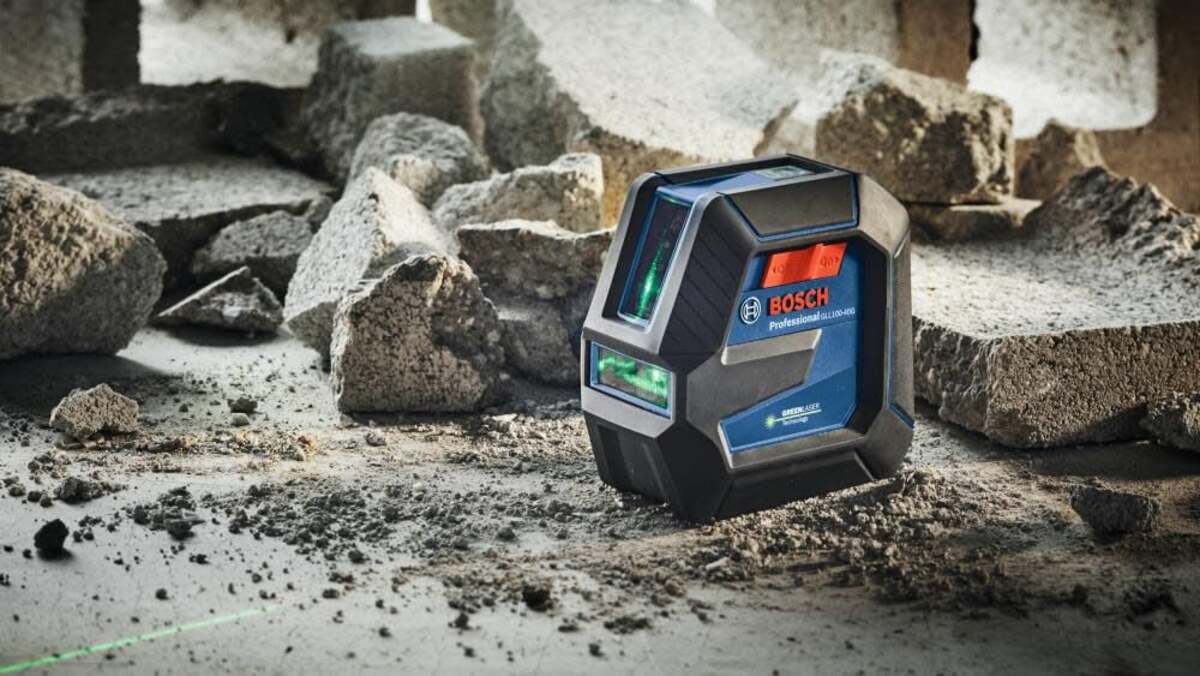
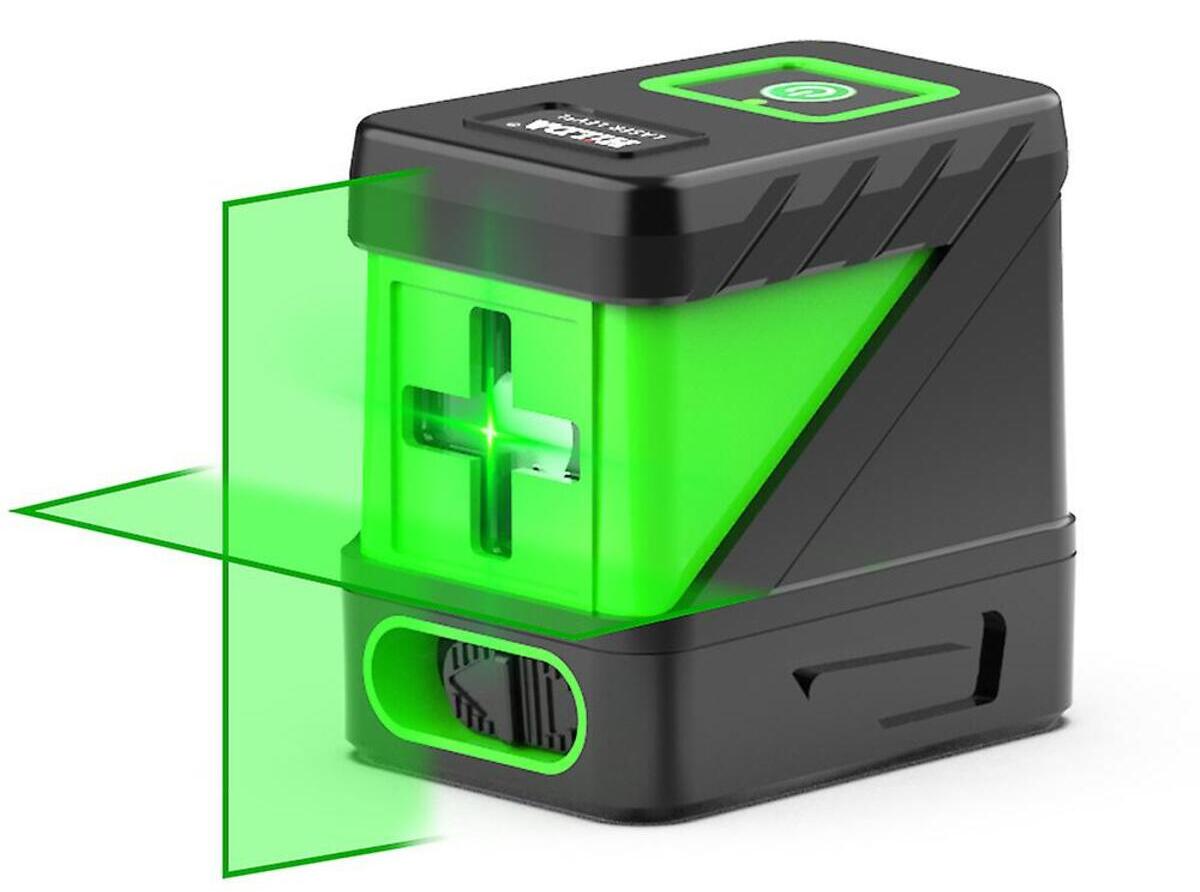
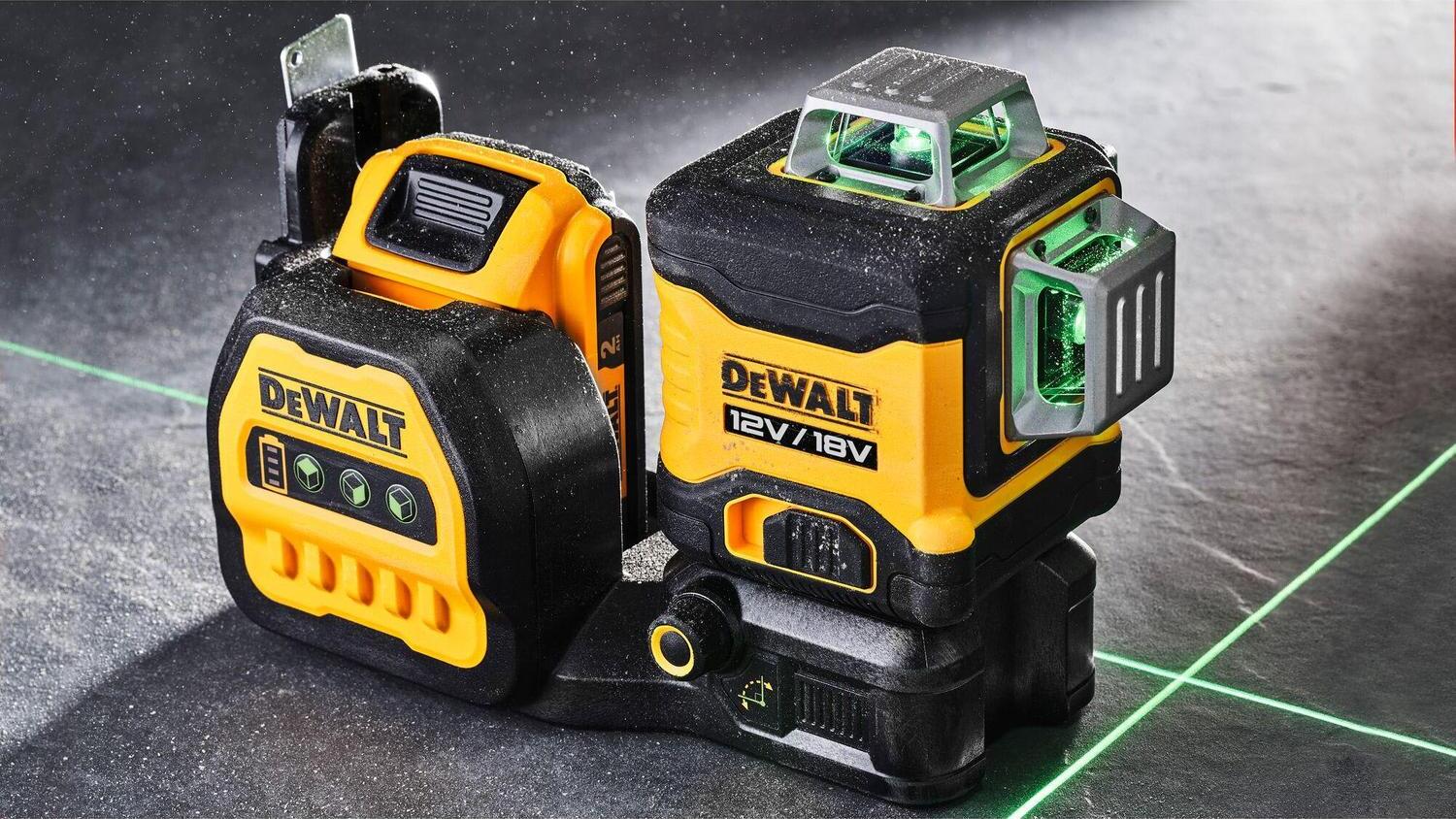
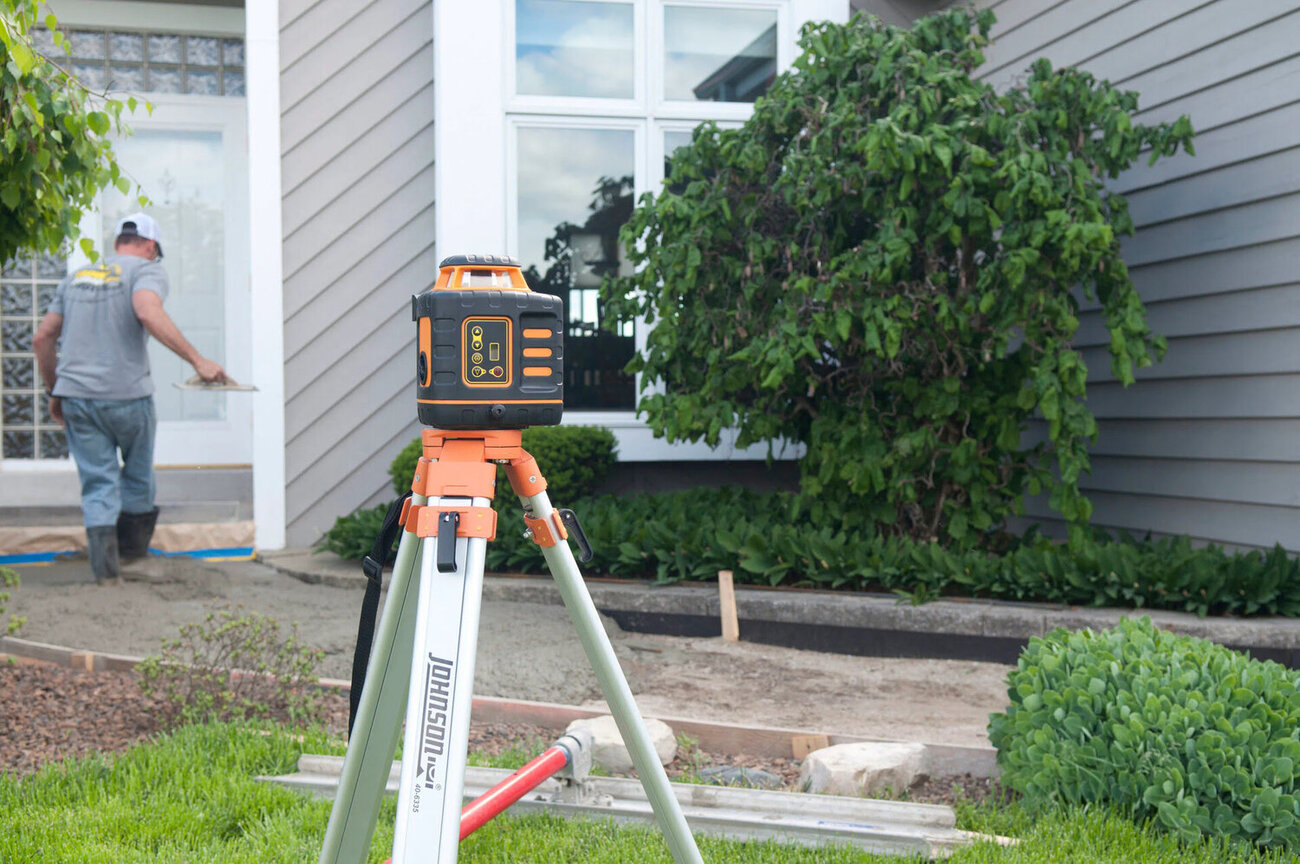
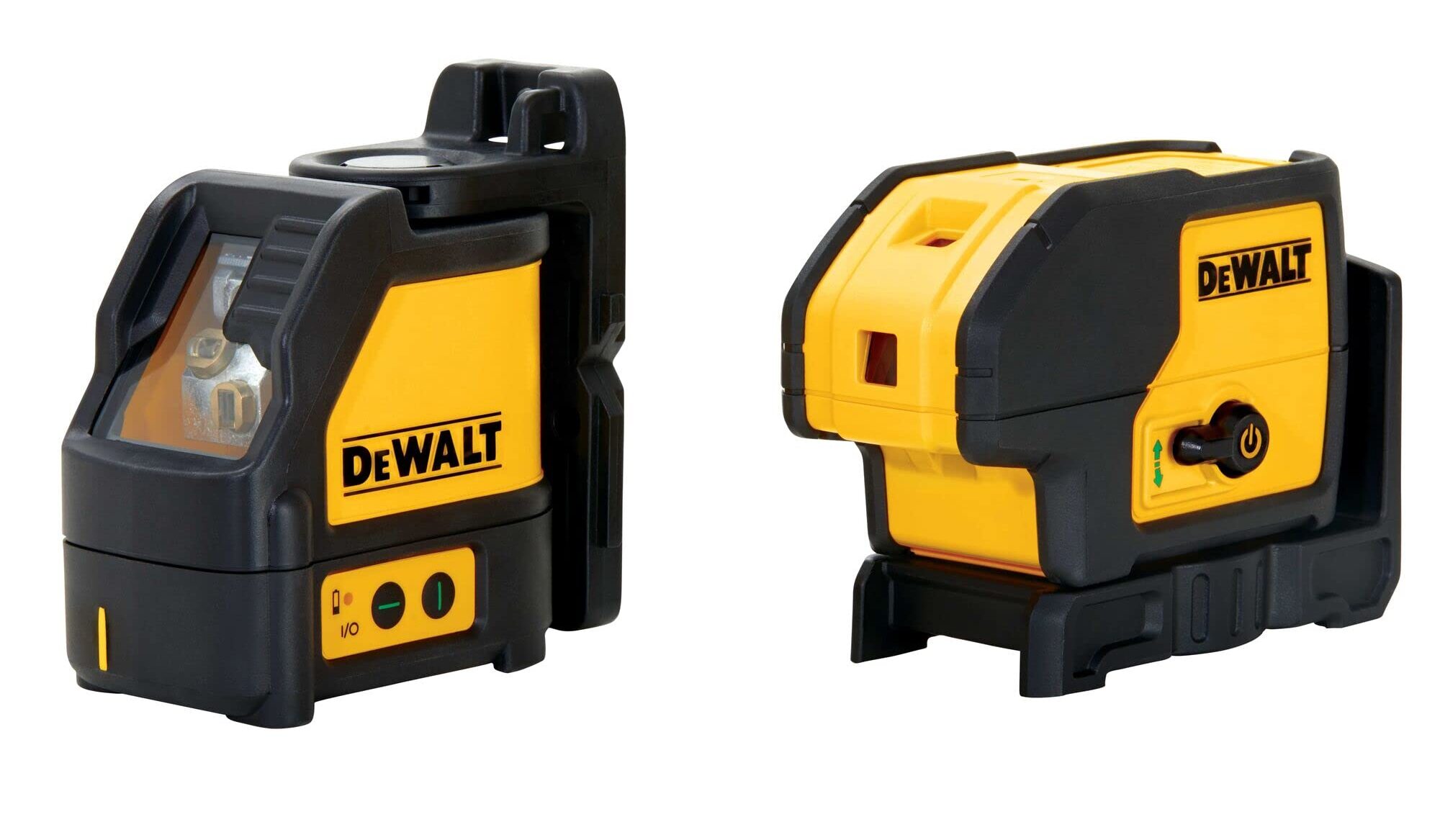
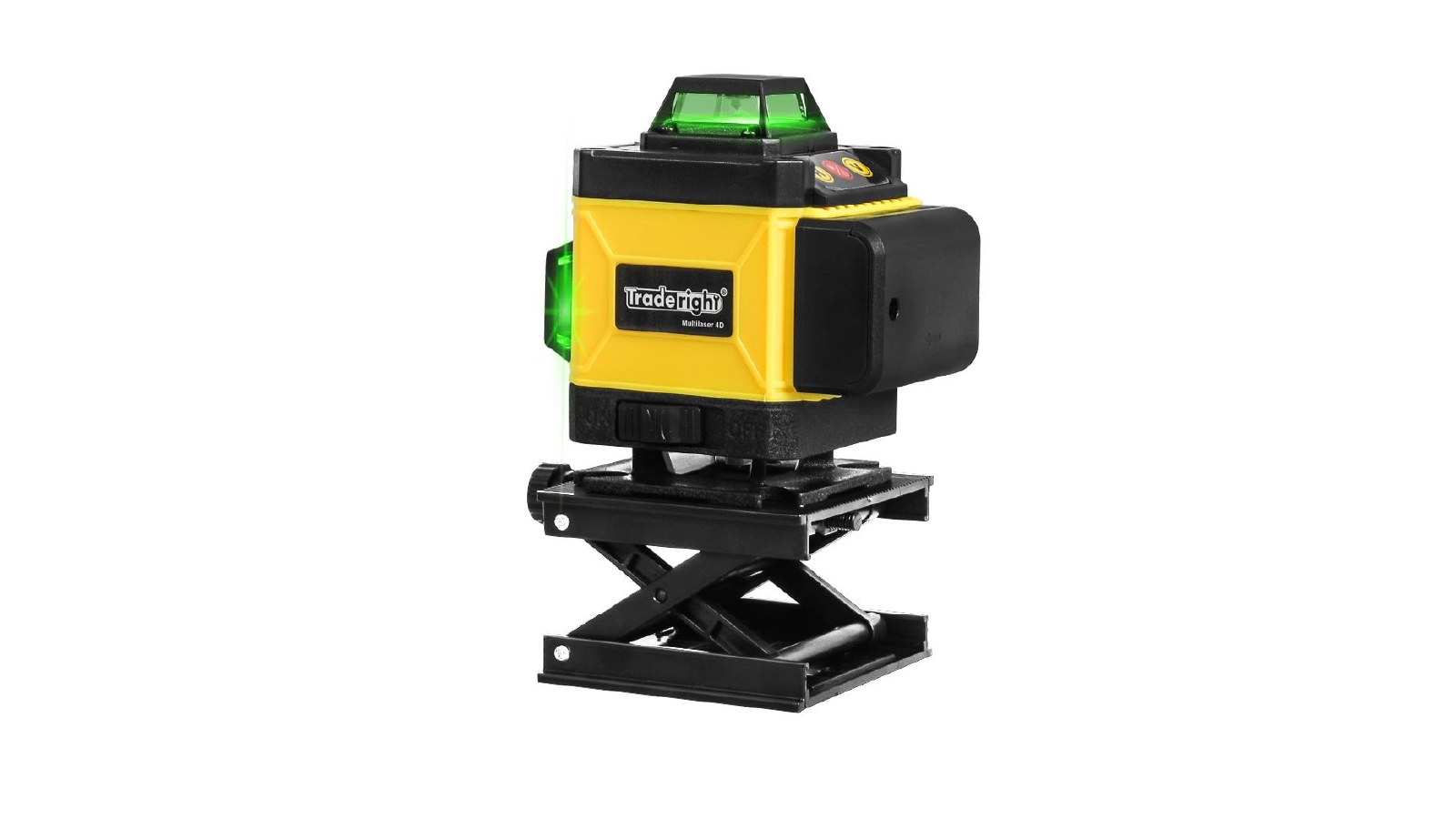
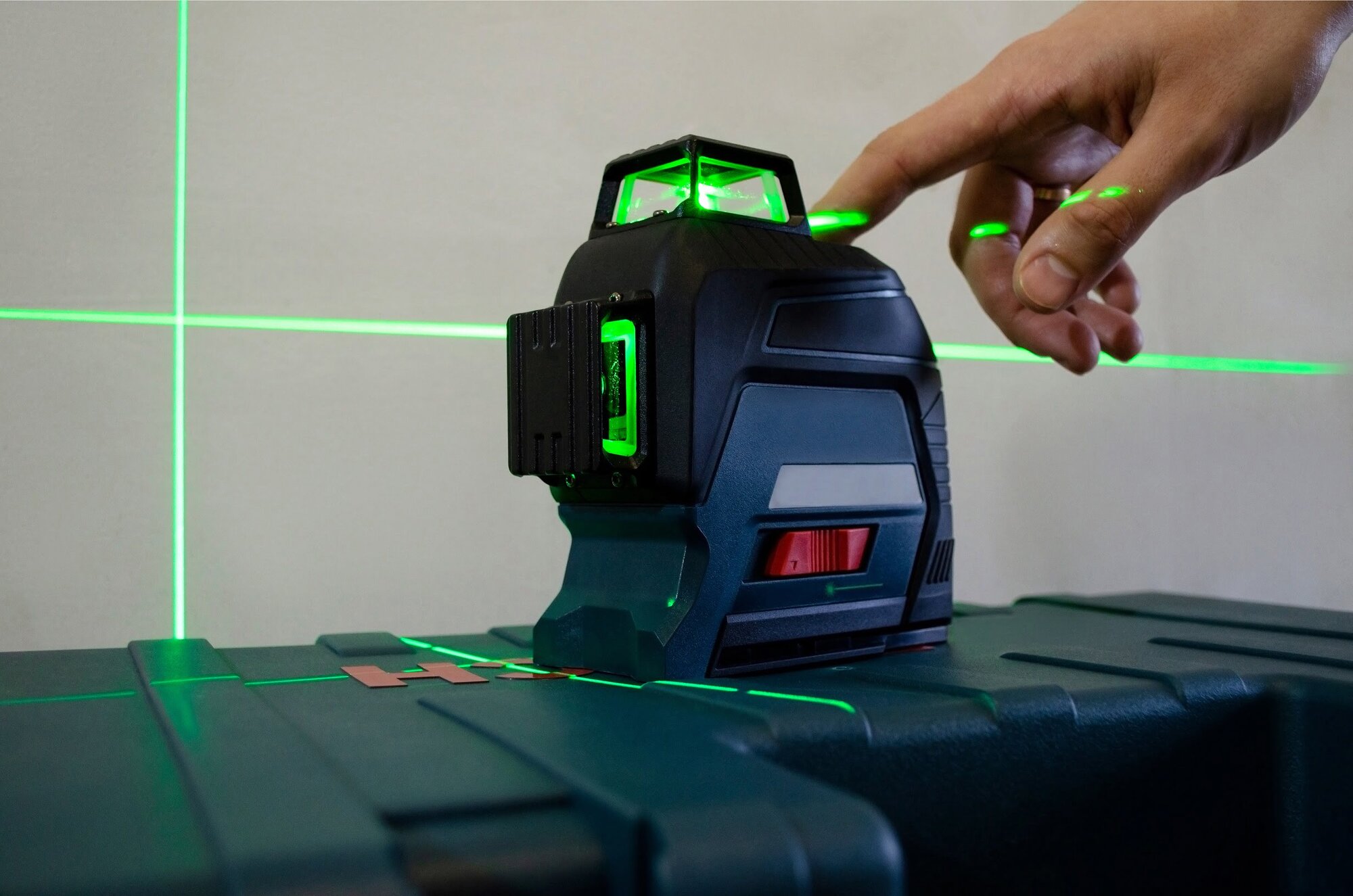
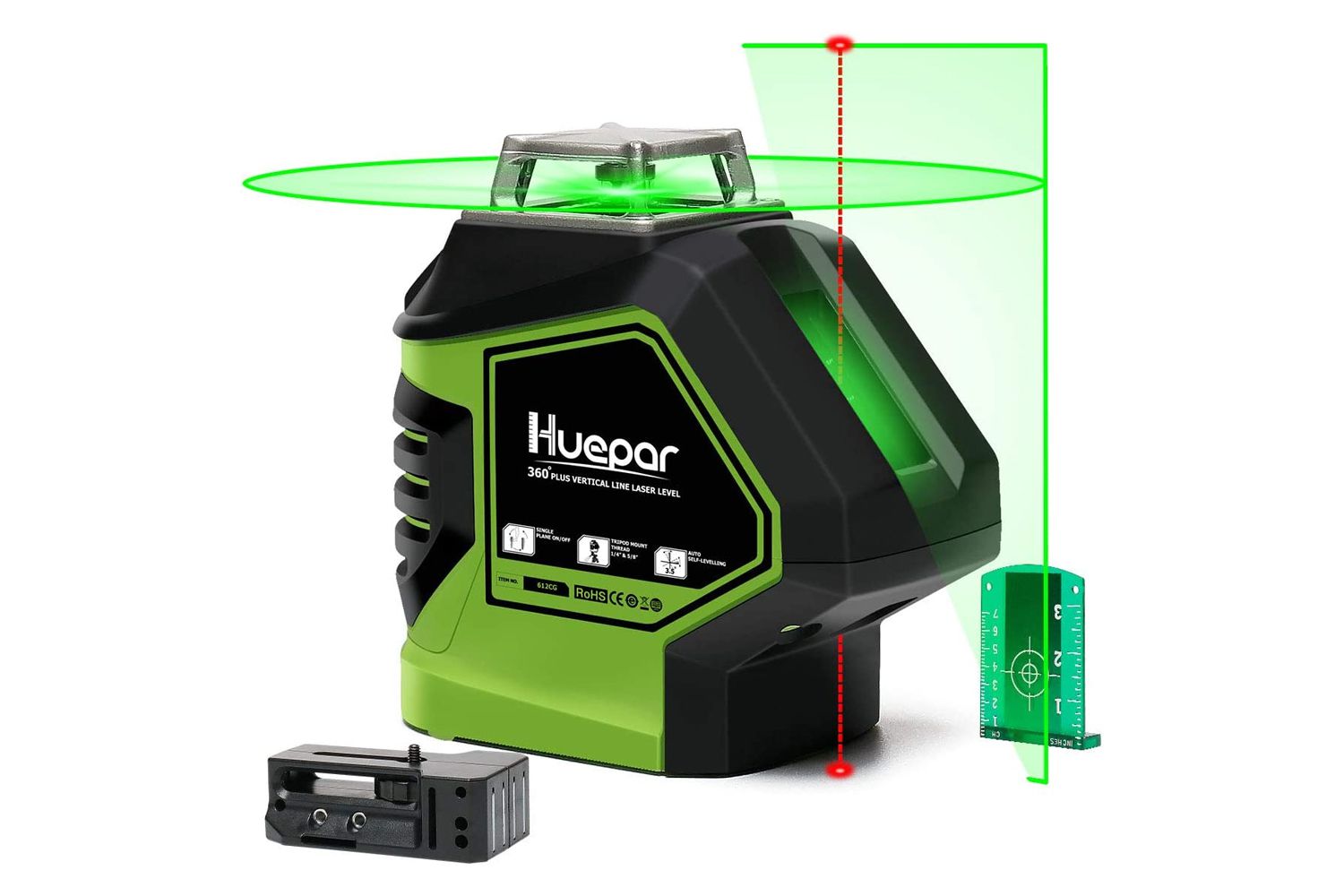
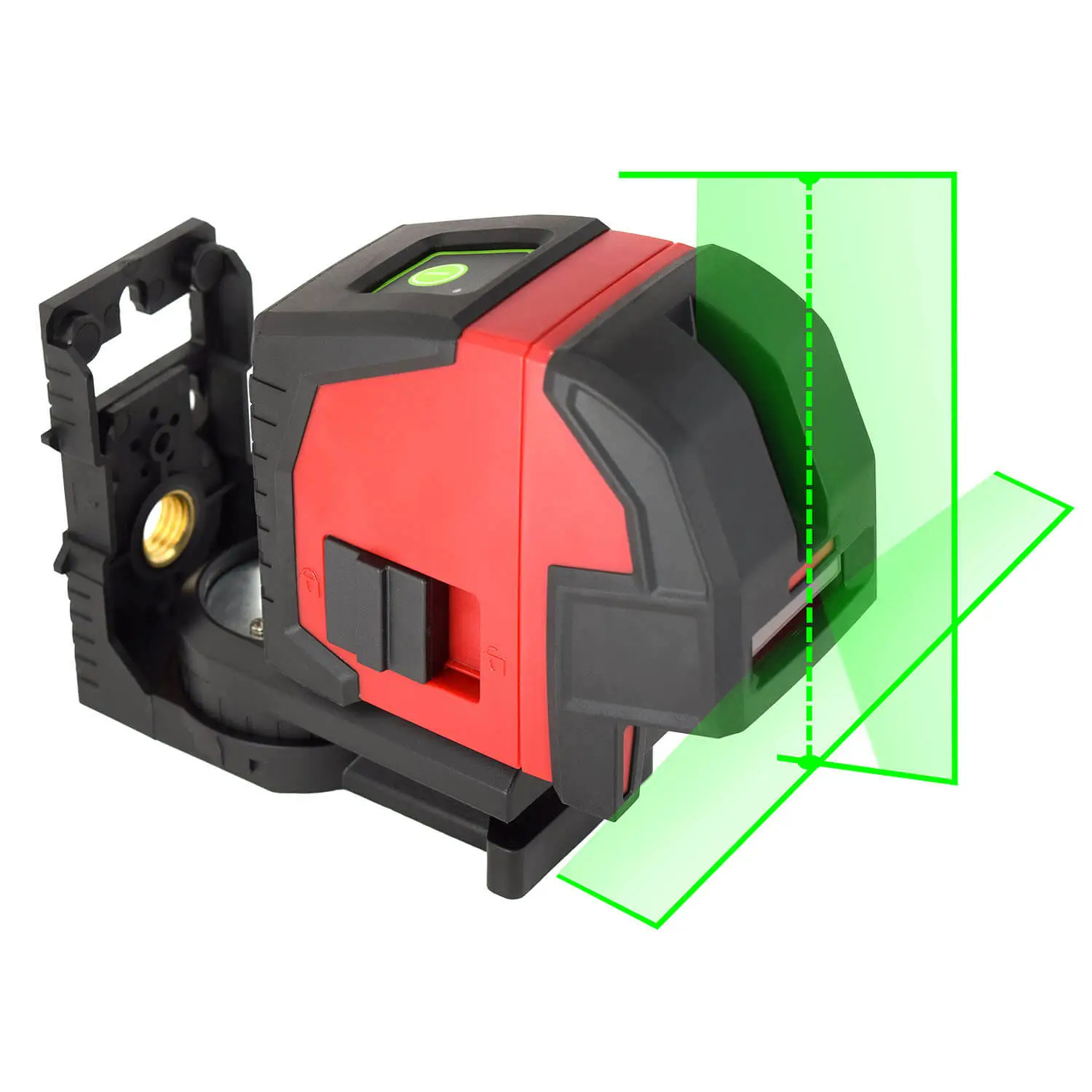
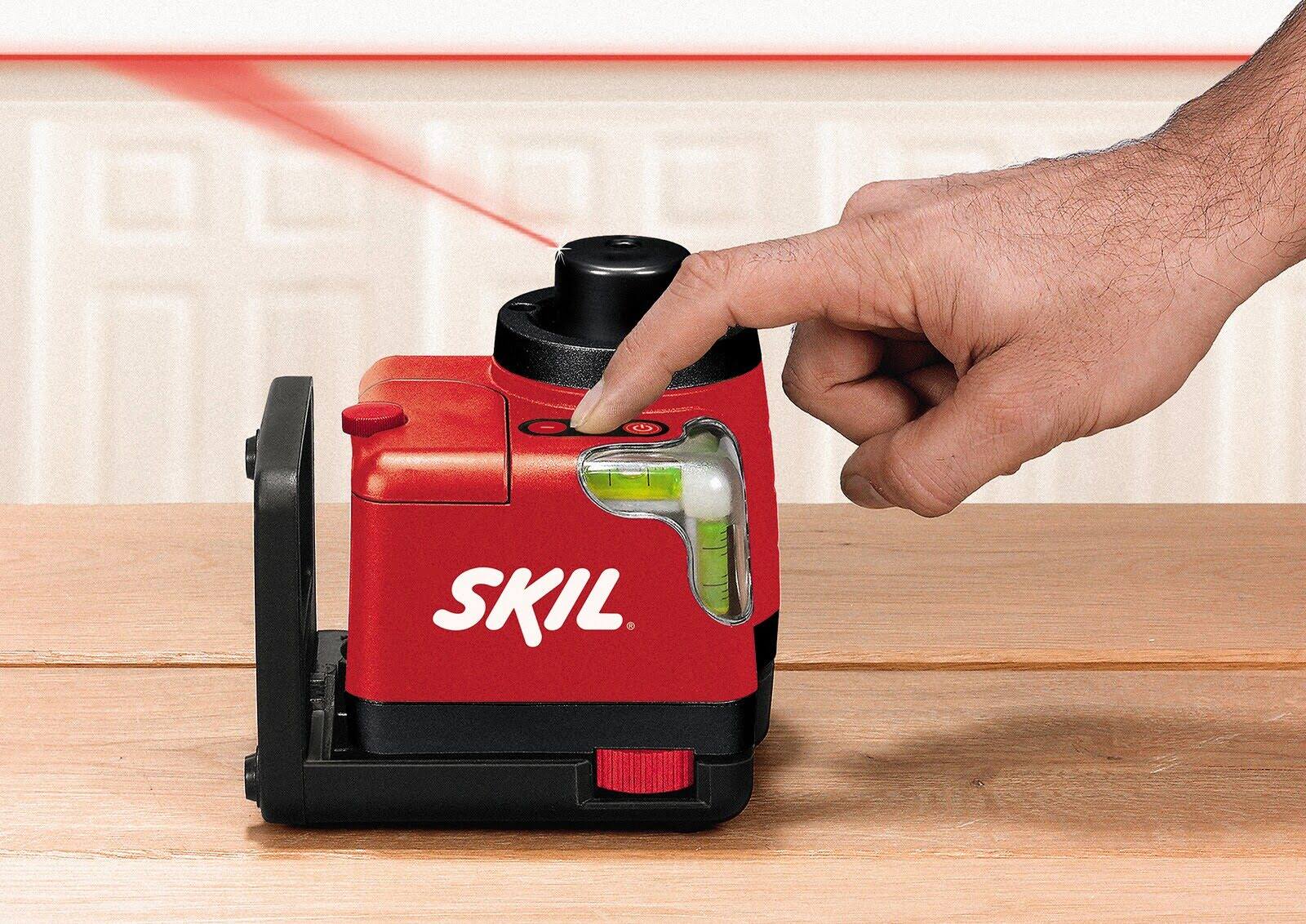
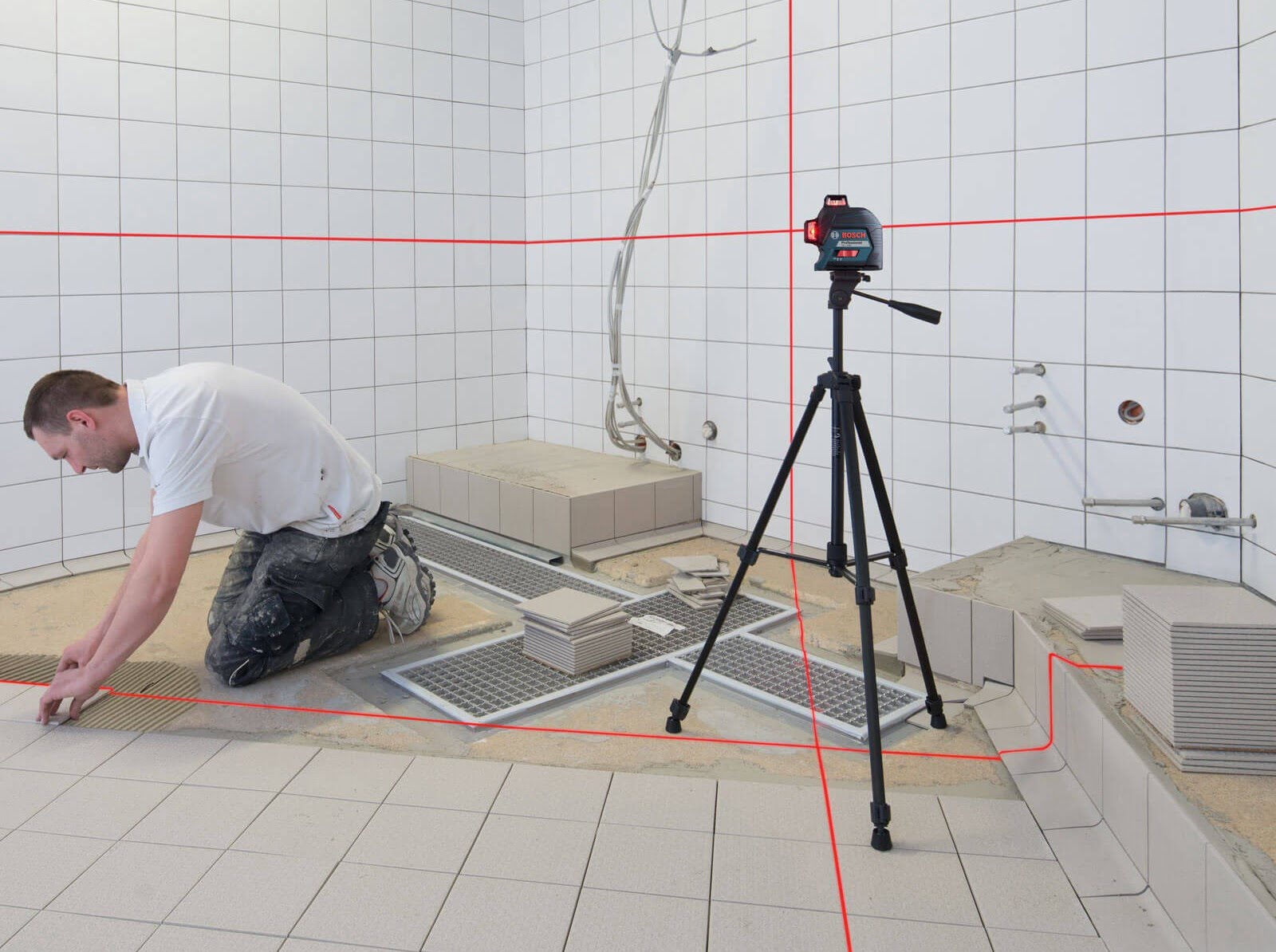
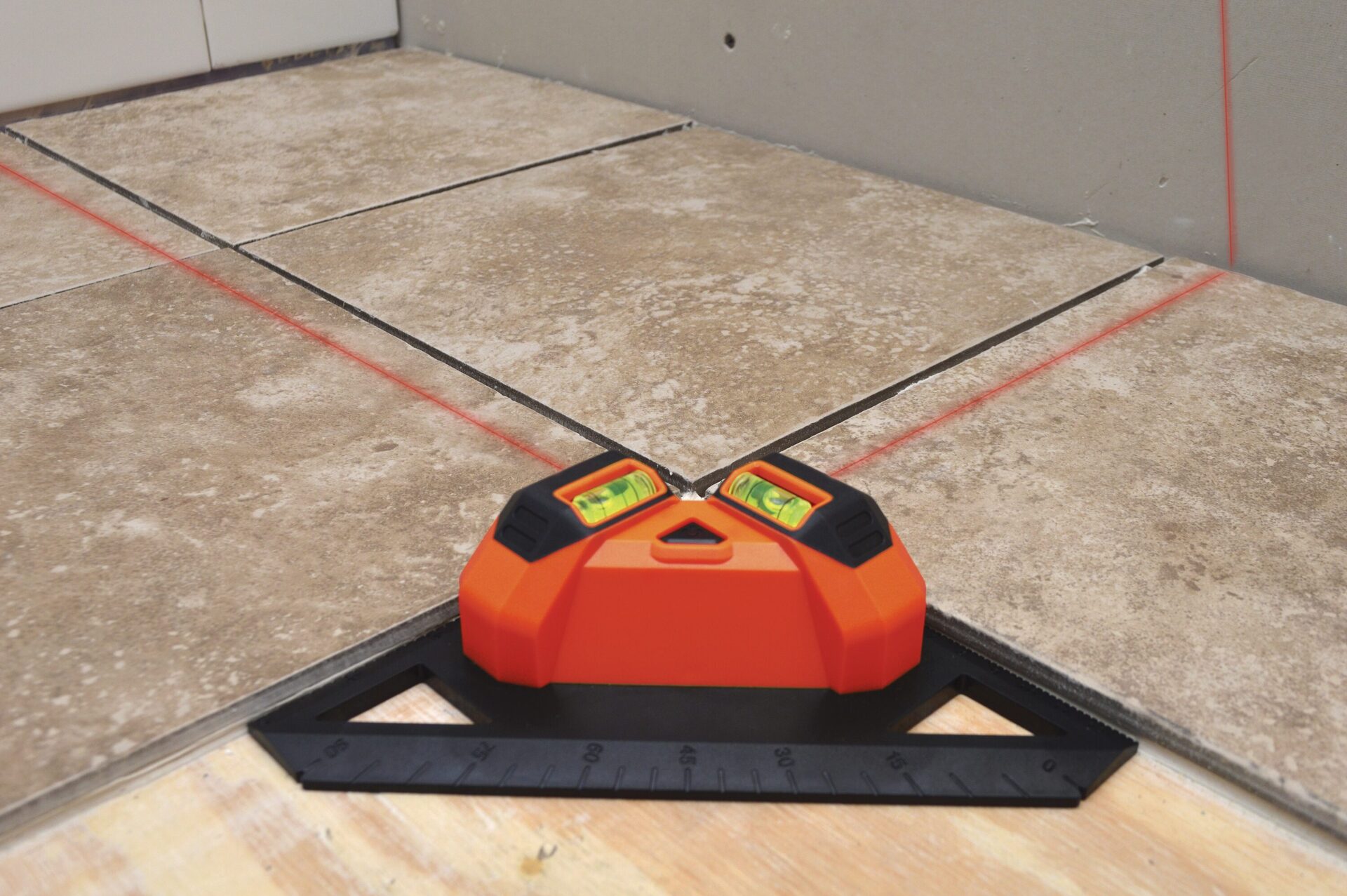

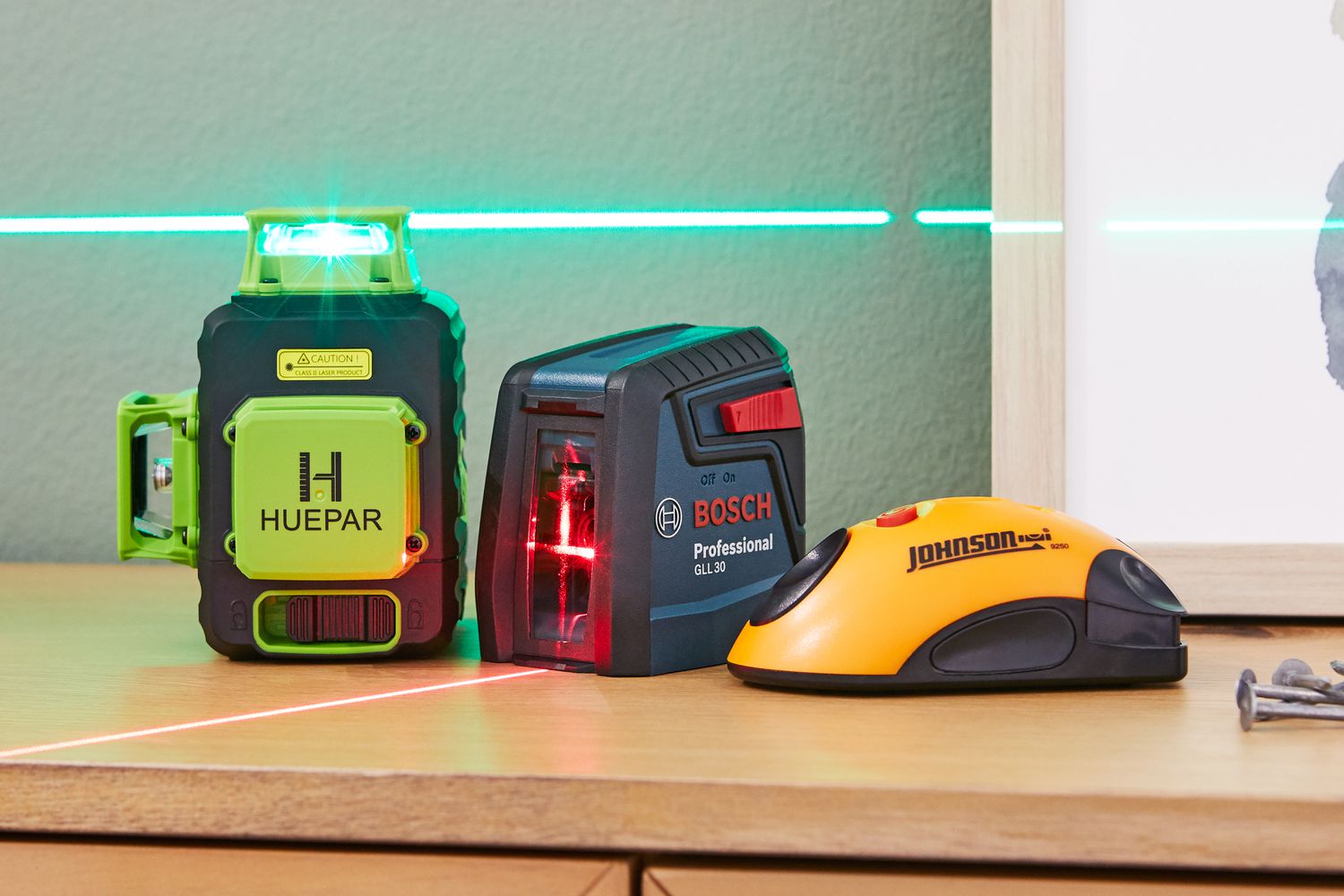

0 thoughts on “Which Is Better Between Red And Green Laser Level?”